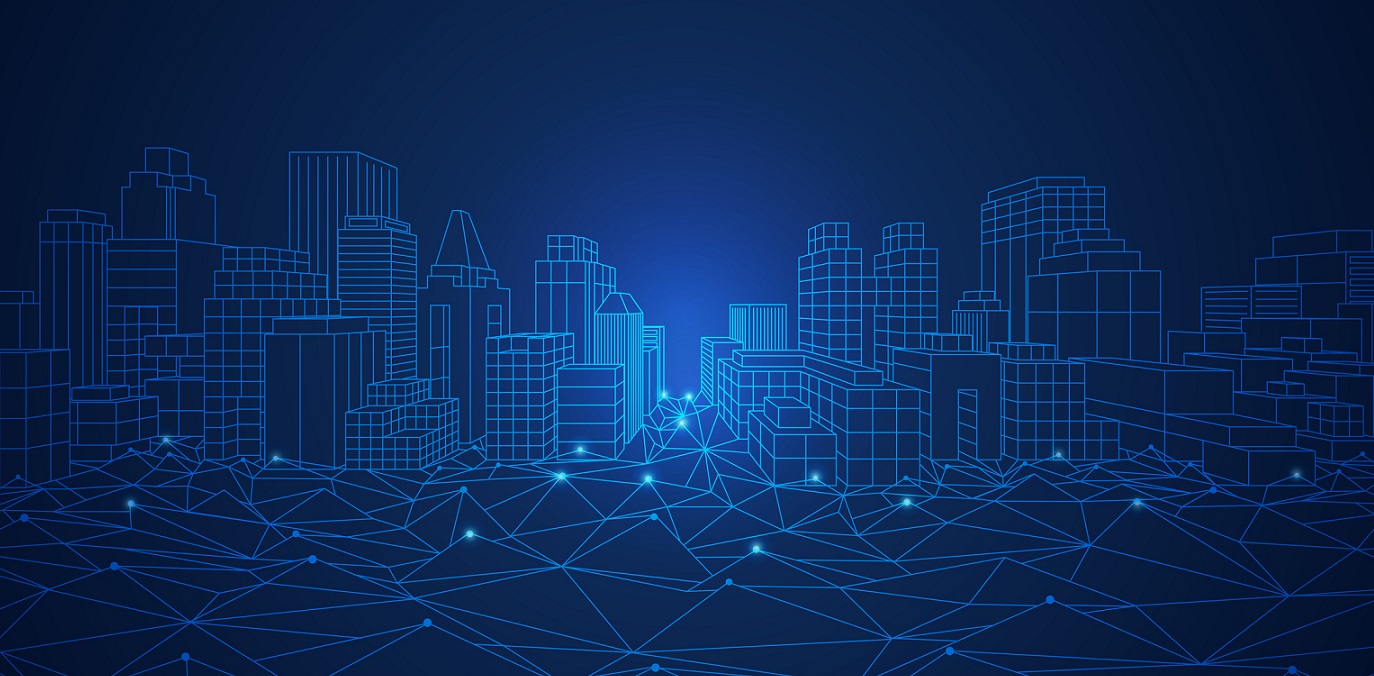
With the average person spending perhaps 87% of their time in enclosed buildings, there’s significant value in healthy buildings. And achieving those healthy indoor environments has perhaps never been more of a priority for building designers, city planners, and communities looking to the future but right now caught in the middle of a persistent second wave of the coronavirus. To share insights on how healthy buildings can improve occupants’ well-being, and about how technologies such as robotics, IoT sensors, AI and more can help design these healthy spaces, three experts came together in the panel discussion “Healthy Buildings, Healthy Lives” on Day 2 of the Consumer Electronics Show, Jan. 12.
One of the panel’s main cross-cutting themes was intelligent use of data to bring changes to enclosed-building environments. Vast amounts of data—coming from user devices or sensors in the built environment—will need to be transformed into meaningful insights, through the use of data analytics, machine learning, and AI.
Fueling much of the current interest in “healthy buildings and healthy lives” is the new reality that more people are working from home, said Michael Don Ham, Co-Founder and CTO-Pure365. People are thinking about how technology can support the integration of community, work and personal life, and LPWAN is a good example, enabling this longer distance of communication between systems. “As we think about living healthy lives, in and outside of work, that integration of technologies that moves between those aspects of our lives becomes really important.”
Human factors in building design
What the pandemic has driven home for so many people, said Todd Boucher, Principal-Leading Edge Design Group, is the need to place human factors at the very start of the discussion. The first question is, “What do healthy buildings mean to people?” The second is, “How can the built environment be an enabler of those healthy lives?” said Boucher.
“Human factors should be the priority, and data [from lower cost sensors] will give us that insight to act on it,” noted Jordan Sun, Chief Innovation Officer-City of San Jose.
The panelists were also asked by the moderator, Limor Schafman, President-KeystoneTech Group, about which technologies they’re playing close attention to, in the effort to foster healthy buildings.
Sun said that San Jose, as the 10th largest city in the U.S., presents an interesting use case for other municipalities. “It is a city of 180 square miles, with 46 high rises, but there’s also an airport next to these high rises. There are also multi-family buildings outside the core.” There are disparities present, so that achieving more uniform opportunities for healthy buildings and healthy lives starts with getting everyone access to broadband Internet.
For the same reasons, solutions such as wireless ISP and mesh network Internet are also going to be on his radar in helping achieve the all-important connectivity layer for citizens and communities.
Sun said another development that encourages him is the big push recently for economic, incentive-driven ways to build out IoT nodes.
He noted there are also “very encouraging movements with Long-Fi, and protocols being established by big tech companies like Amazon, all the way to block chain players such as the Helium [peer-to-peer wireless network].”
From a city-planning perspective, Sun said a key step to watch for in the coming years will be the development of a “unified data system that can provide city planners with a uniform way of approaching the data being generated, and understanding and digesting it to make decisions.”
Making the most of data
Ham noted that his firm CTO-Pure365 has a strong residential focus, and that sector will be a critical component of achieving healthy buildings. “What we’re seeing in the industry is using the sensors, using smart controls, and then using hardware as it pertains to fresh air ventilation, advanced filtration, humidity control—all important aspects of indoor air quality—and creating auto-triggers within one integrated platform.
“We’re very early in the game, but even within the smart home industry, there’s a lot more cohesion going on now. I think that over time things will really improve, to the point where these types of things work in the background to keep the CO2 levels down, keep the ultra-fine particulates down—really impacting the physical health of the occupant.”
Boucher, from Leading Edge Design Group, said that efforts to achieve healthy buildings will lean heavily on one of the hallmarks of the smart building: great data visualization, that can be communicated with other systems transparently.
But all this data presents a core challenge. “To make it an enabler of healthy lives, it has to have an element of personalization.
“Right now, I think if we want to really take those important steps toward healthy lives and healthy buildings, then we have to be more invested in the built environment.” The key elements to that are how stakeholders effectively extract data out of the built environment, “and how they invest in using that in a really meaningful way.”
A change in mindset is also required to achieve the vision of healthy buildings, Boucher said. While buildings have diverse paths to get to there, and technologies continue to offer up promising possibilities, “it will definitely require a change in terms of how we ensure that health and wellness is incorporated into the design and operation of a facility.”
As the panel underlined, there’s very clearly a heightened attention on how building technology, operations and design can enhance healthy spaces. What are the likely outcomes of this new focus?
For more insights—with particular relevance to the current times—Module 1 of ASHB’s research on Intelligent Buildings and COVID-19 is available on the ASHB website. This research provides actionable information on how building technologies can be leveraged to create safer, healthier and more productive work environments in buildings post pandemic.[/vc_column_text][/vc_column][/vc_row]

